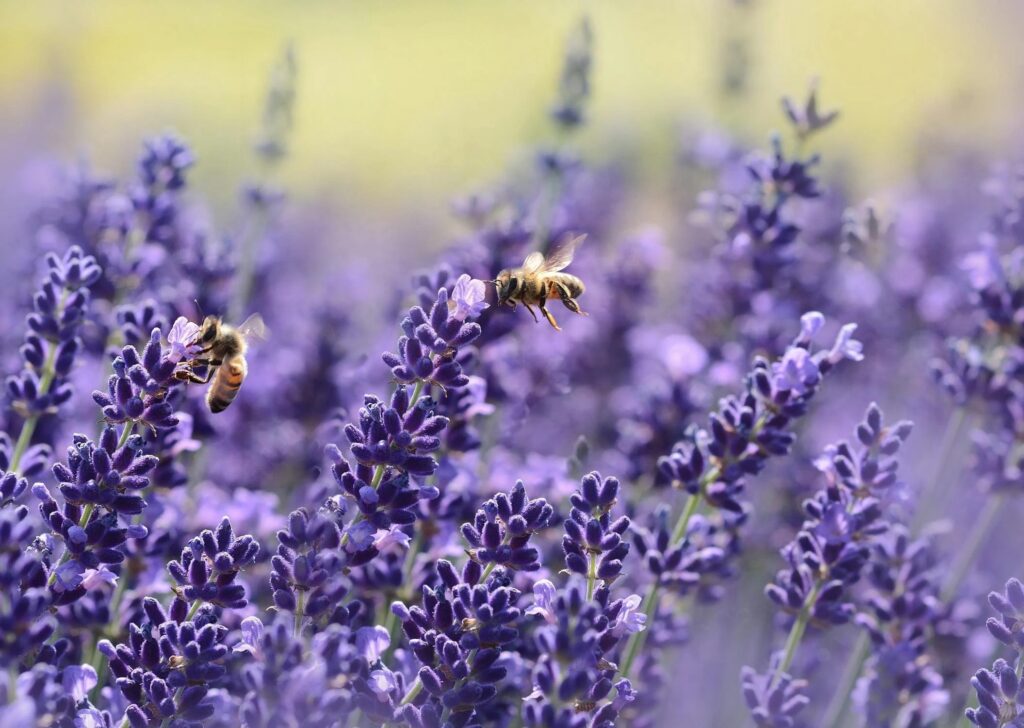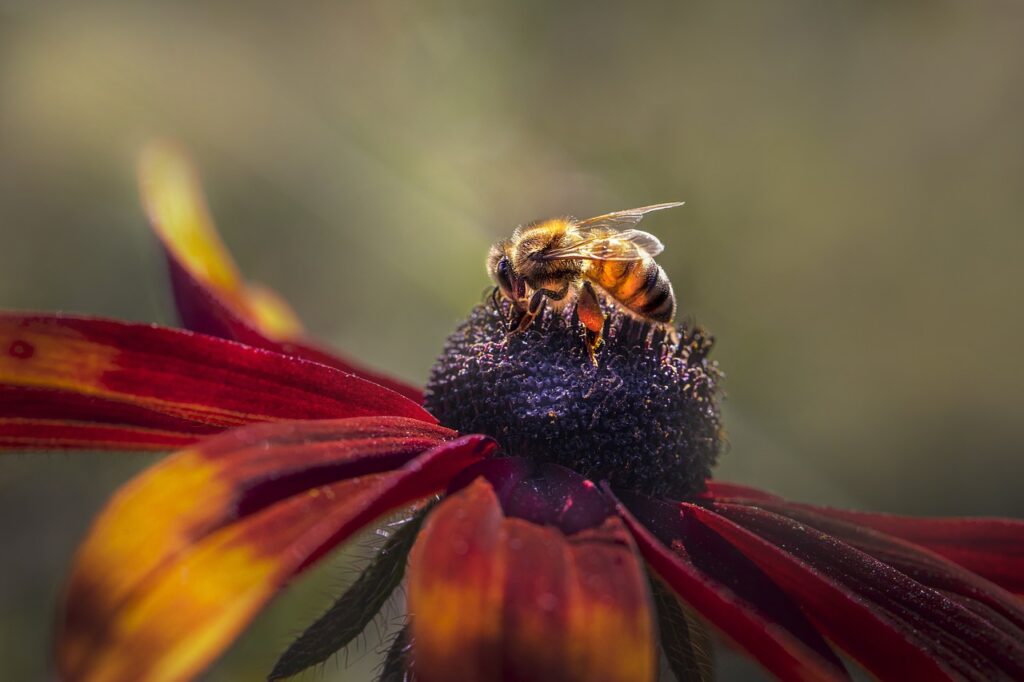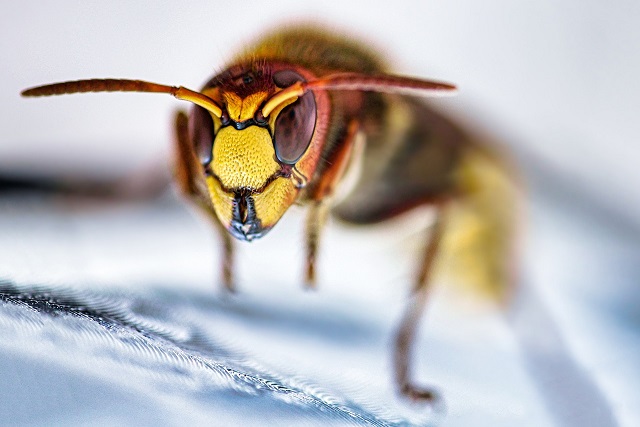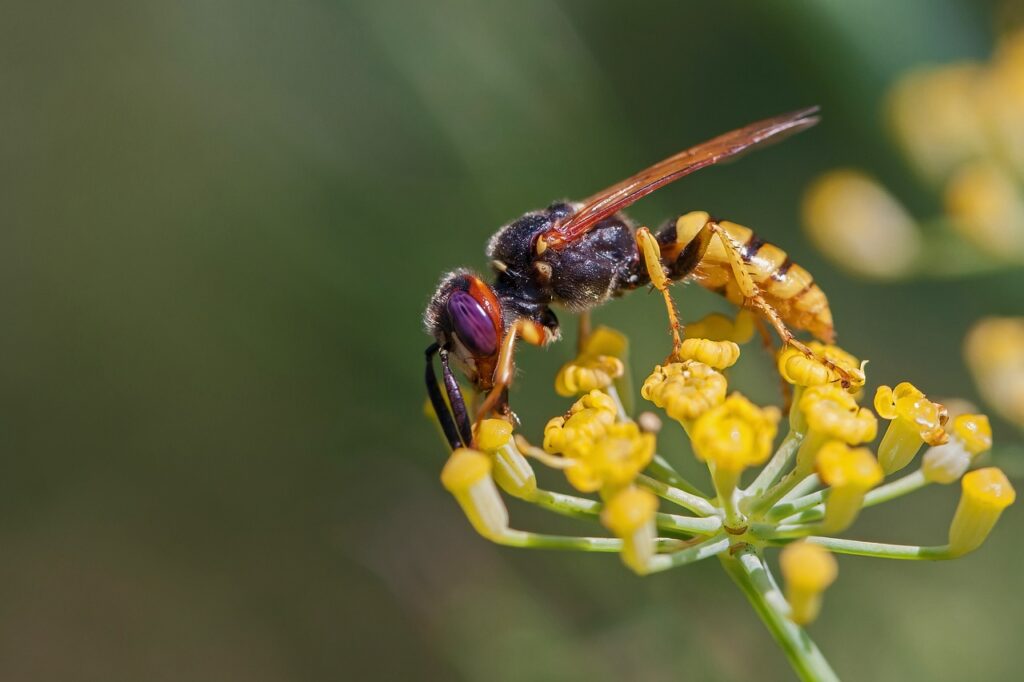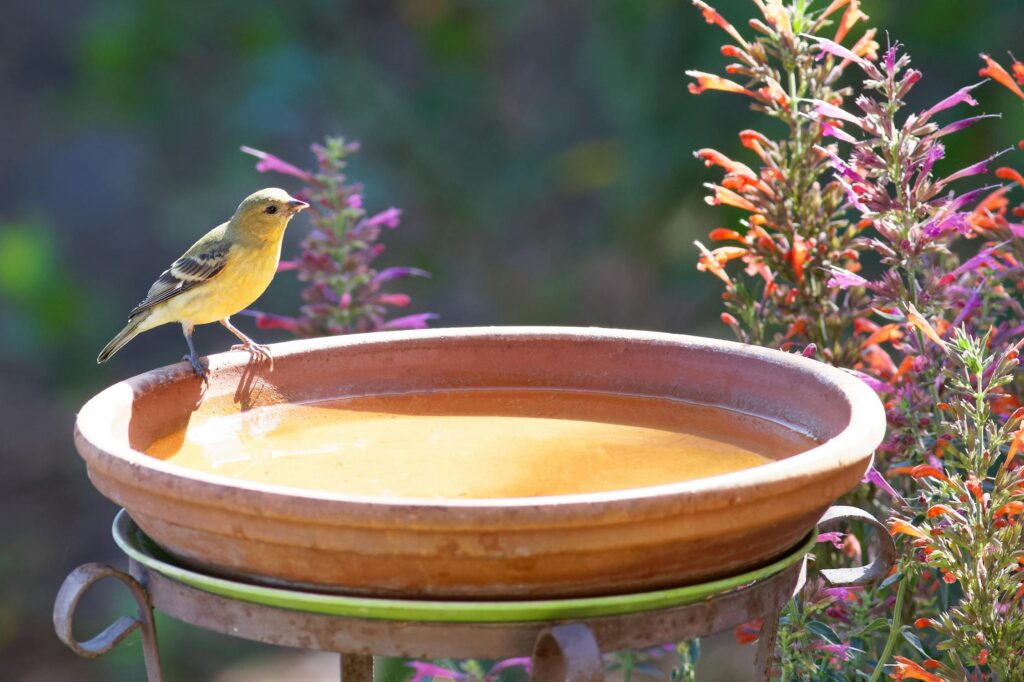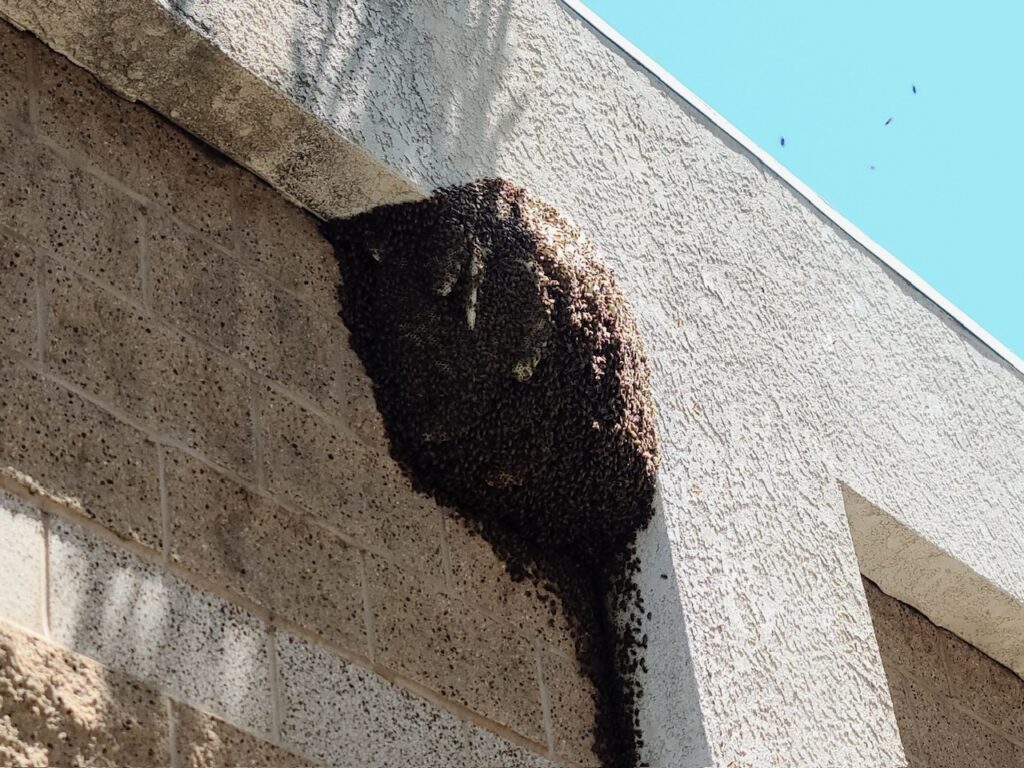Bee News
The Journey of Honey



Honey bees (Apis mellifera) are fascinating creatures known for their complex social structures and extraordinary ability to produce honey. The access to nectar and pollen determines their survival, and their foraging efforts are pivotal in this process. In this blog, we will explore the incredible journey of honey bees as they forage for nectar, the amount of honey they produce, and the broader implications for the ecosystem.
Honey bees are foragers throughout their adult lives. From the moment they emerge as adults, they face the critical task of finding and collecting food to sustain their colonies. Foraging is not only essential for the bees’ survival but also plays a significant role in pollinating plants, which benefits our environment.
1.Honey bees communicate the locations of food sources through the “waggle dance.” This sophisticated form of communication is vital for efficiency in foraging.
2.Honey bees can travel up to 5-7 miles from their hive. However, they typically forage within a 3-mile radius to optimize their energy usage.
3.Bees often forage in groups, which can enhance the ability to find and efficiently utilize resources.
4. Honey bees show a preference for certain flowers, often returning to those they have visited successfully in the past. They are attracted to flowers with bright colors and sweet scents.
The Production of Honey
The effort put in by honey bees reveals a remarkable aspect of nature: the sheer quantity of work required to produce honey.
It takes approximately 2 million foraging trips to produce just 1 pound of honey. During these trips, bees collect nectar, which is often diluted with enzymes that help in the transformation process.
Significant energy is expended during these trips, with each bee efficiently collecting nectar from various blossoms. On average, it takes about 8 pounds of nectarto produce 1 pound of honey because of the water content present in nectar.
Honey Production Process
1. Collection: Upon gathering nectar, honey bees store it in their “honey stomach,” where enzymes begin converting it into sugars.
2. Regurgitation: Once back at the hive, bees regurgitate the nectar and pass it to other worker bees, facilitating further processing.
3. Evaporation: The nectar is then placed into hexagonal beeswax cells. Bees fan their wings to create airflow, helping to evaporate the water content and thicken the nectar into honey.
4. Sealing the Honey: Once the honey reaches the desired moisture content, the bees seal the cells with wax, preserving it for future use as food during scarcity.
The work of honey bees extends beyond honey production. Their foraging habits significantly contribute to plant pollination, supporting biodiversity and food production globally. With the decline in honey bee populations, there have been growing concerns about food security and ecosystem health.








